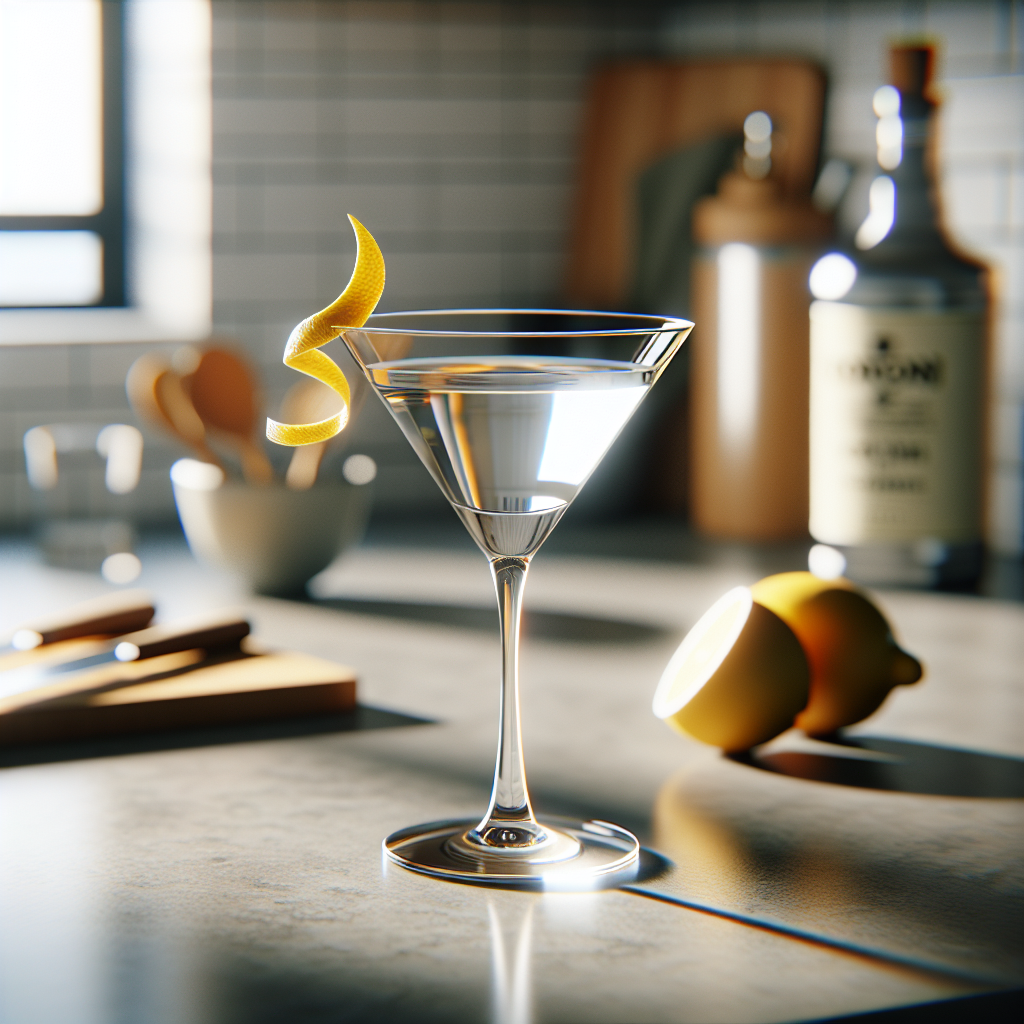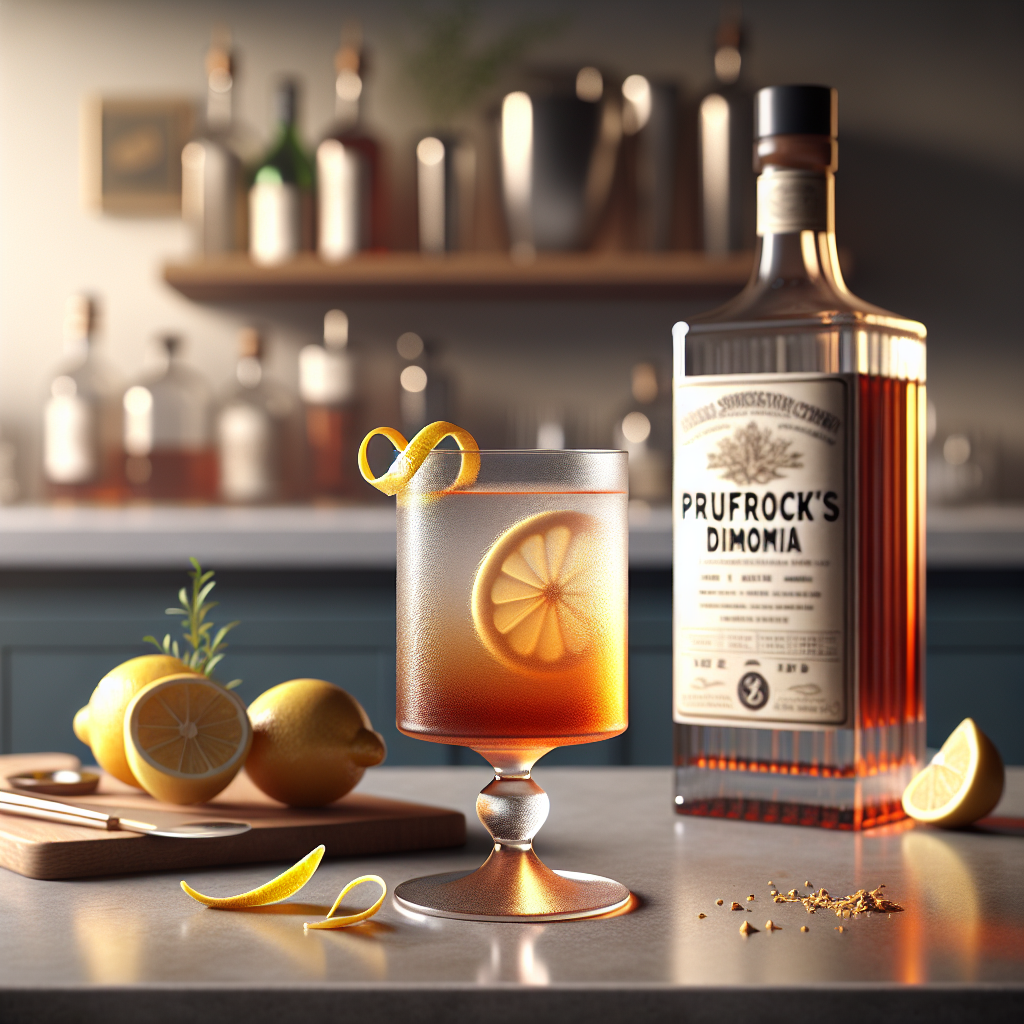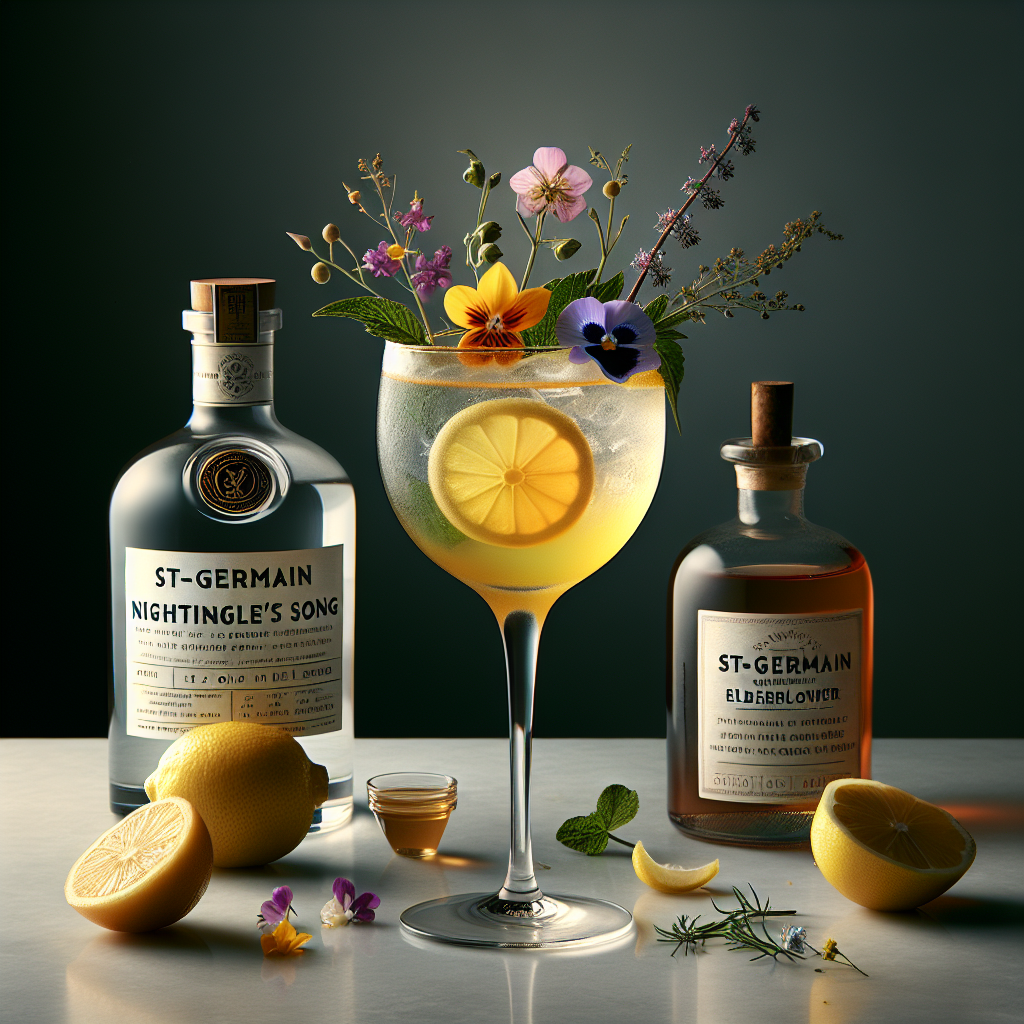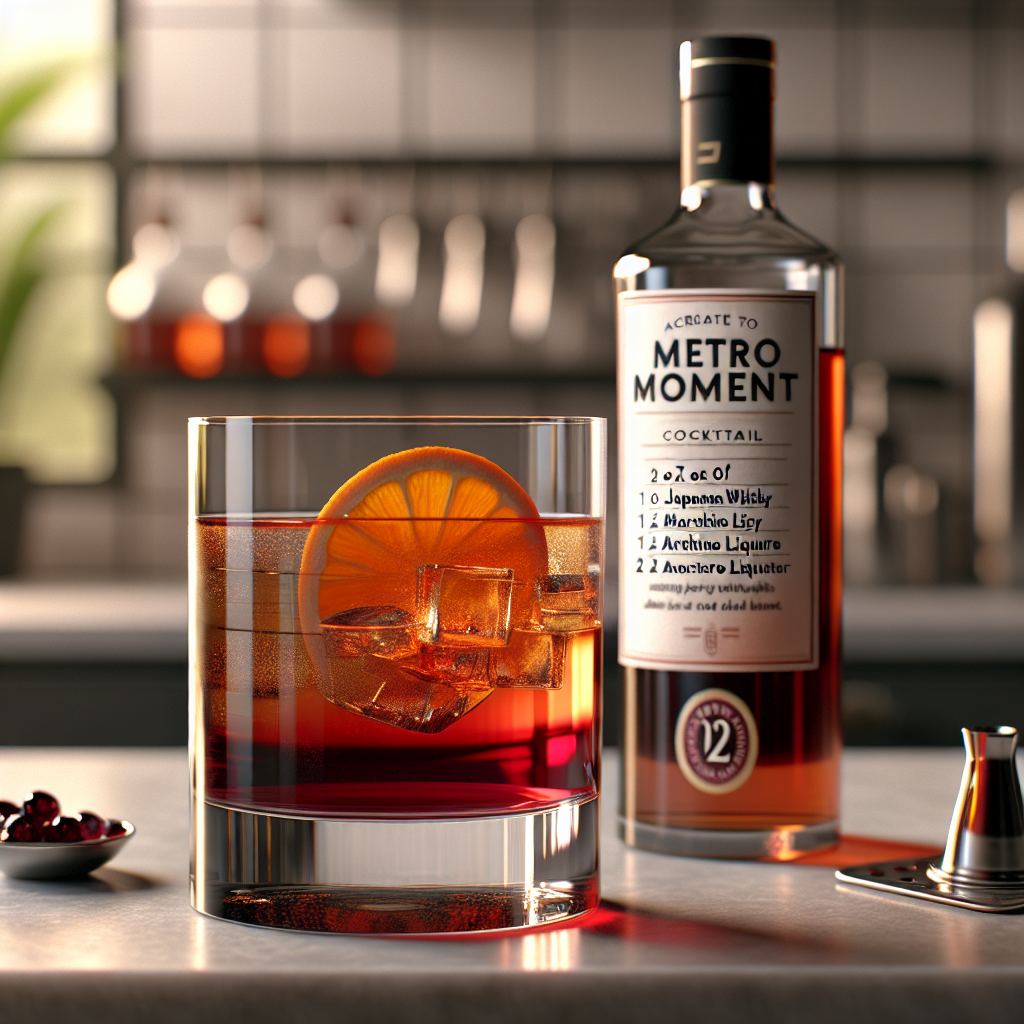Cocktail Poetry: Verse-Inspired Sips

Cocktail Poetry: Verse-Inspired Sips
In the realm of mixology, the fusion of art and science often results in extraordinary creations. One of the more esoteric yet profoundly beautiful intersections is that of cocktail crafting and poetry. This blog post delves into the fascinating world of cocktails inspired by poetry, exploring how the rhythms, themes, and emotions of verse can be translated into liquid form.
The Muse of Mixology
Poetry, with its ability to evoke emotions and paint vivid images, has long been a source of inspiration for artists across various mediums. Mixologists, in their quest to create not just drinks but experiences, have turned to poetry as a muse. The act of translating the essence of a poem into a cocktail is a testament to the creativity and depth of the craft.
Historically, the connection between literature and cocktails can be traced back to the salons of the 19th century, where poets and intellectuals gathered to share their work over drinks. These gatherings were often the birthplace of new cocktails, as bartenders sought to capture the spirit of the evening's recitations in their concoctions.
The Art of Translating Verse to Vial
Creating a cocktail inspired by poetry is an exercise in both interpretation and innovation. The mixologist must consider the poem's theme, mood, and imagery, and then translate these elements into a drink that not only tastes delightful but also evokes the same feelings as the verse.
For instance, a poem about the tranquility of a forest might inspire a cocktail that uses ingredients like pine liqueur or herbal notes to mimic the scent of a wooded glen. Similarly, a poem about the vibrancy of a city might be reflected in a cocktail with bold, urban flavors like coffee or smoked ingredients.
A Classic Example: The Vesper Martini
One of the most famous examples of a cocktail inspired by literature is the Vesper Martini, named after the fictional character Vesper Lynd from Ian Fleming's novel "Casino Royale." The drink itself is a blend of gin, vodka, and Kina Lillet, a now-discontinued aperitif.
Vesper Martini

The iconic cocktail from Ian Fleming's 'Casino Royale', named after Vesper Lynd.
Ingredients:
- 3 oz Gin
- 1 oz Vodka
- 1/2 oz Lillet Blanc
- Lemon peel for garnish
Instructions:
- Fill a mixing glass with ice.
- Add the gin, vodka, and Lillet Blanc.
- Stir until well-chilled.
- Strain into a chilled martini glass.
- Garnish with a lemon peel.
The Vesper Martini is a testament to the power of literature to influence cocktail culture. Its creator, the fictional James Bond, is a character whose sophisticated taste in drinks has left a lasting impact on the world of mixology.
The Influence of T.S. Eliot's "The Love Song of J. Alfred Prufrock"
T.S. Eliot's modernist masterpiece, "The Love Song of J. Alfred Prufrock," is a poem that has inspired numerous interpretations across various art forms, including mixology. The poem's themes of indecision, introspection, and the passage of time can be reflected in a cocktail that balances complexity and simplicity.
Prufrock's Dilemma

Inspired by T.S. Eliot's 'The Love Song of J. Alfred Prufrock,' this cocktail embodies the poem's themes of introspection and the passage of time through a blend of complex and simple flavors.
Ingredients:
- 2 oz London dry gin
- 1 oz dry vermouth
- 1/2 oz elderflower liqueur
- 1 dash orange bitters
- Lemon twist for garnish
Instructions:
- Fill a mixing glass with ice.
- Add the gin, dry vermouth, elderflower liqueur, and orange bitters.
- Stir until well-chilled.
- Strain into a chilled cocktail glass.
- Garnish with a lemon twist.
The "Prufrock's Dilemma" cocktail is a modern creation that seeks to capture the essence of Eliot's poem. The use of London dry gin and dry vermouth reflects the traditional elements of a classic martini, symbolizing the poem's theme of timelessness. The addition of elderflower liqueur introduces a modern twist, mirroring the poem's introspection and complexity.
The Romanticism of Keats' "Ode to a Nightingale"
John Keats' "Ode to a Nightingale" is a poem that celebrates the beauty and escapism of nature. The poem's themes of longing, beauty, and the fleeting nature of joy can be translated into a cocktail that evokes the same sense of enchantment.
Nightingale's Song

Inspired by John Keats' 'Ode to a Nightingale,' this cocktail captures the poem's themes of longing and the beauty of nature through a delicate blend of floral and citrus notes.
Ingredients:
- 2 oz gin
- 1 oz St-Germain elderflower liqueur
- 1/2 oz fresh lemon juice
- 1/2 oz simple syrup
- Splash of soda water
- Edible flowers for garnish
Instructions:
- Fill a shaker with ice.
- Add the gin, St-Germain, lemon juice, and simple syrup.
- Shake until well-chilled.
- Strain into a chilled glass filled with ice.
- Top with a splash of soda water.
- Garnish with edible flowers.
The "Nightingale's Song" cocktail uses the floral notes of St-Germain elderflower liqueur to evoke the beauty of nature, while the citrus elements of lemon juice add a touch of zest and joy, mirroring the poem's themes of longing and fleeting happiness.
The Modernist Influence of Ezra Pound
Ezra Pound's modernist poetry, with its focus on precision and the beauty of language, has also inspired mixologists. His poem "In a Station of the Metro" is a brief yet powerful piece that captures a moment of beauty in the midst of urban life.
Metro Moment

Inspired by Ezra Pound's 'In a Station of the Metro,' this cocktail captures the poem's themes of urban beauty and precision through a blend of modern and traditional ingredients.
Ingredients:
- 2 oz Japanese whisky
- 1 oz sweet vermouth
- 1/2 oz maraschino liqueur
- 2 dashes Angostura bitters
- Orange peel for garnish
Instructions:
- Fill a mixing glass with ice.
- Add the Japanese whisky, sweet vermouth, maraschino liqueur, and Angostura bitters.
- Stir until well-chilled.
- Strain into a chilled cocktail glass.
- Garnish with an orange peel.
The "Metro Moment" cocktail uses Japanese whisky to reflect the poem's precision and modernity, while the sweet vermouth and maraschino liqueur add a touch of traditional elegance, capturing the beauty of the urban moment described in Pound's work.
Preserving Tradition While Embracing Innovation
The art of creating cocktails inspired by poetry is a delicate balance between preserving traditional techniques and embracing modern innovation. The use of classic ingredients and methods ensures that the drinks remain rooted in the rich history of mixology, while the incorporation of new flavors and techniques allows for creative expression and personal interpretation.
For example, the use of a classic technique like stirring rather than shaking a cocktail can be seen as a nod to the pre-prohibition era, where such methods were preferred for their ability to preserve the clarity and flavor of the drink. Meanwhile, the inclusion of modern ingredients like elderflower liqueur or Japanese whisky allows mixologists to add a contemporary twist to their creations.
The Role of Historical Figures and Events
The influence of historical figures and events on cocktail culture cannot be overstated. From the salons of the 19th century to the speakeasies of the Prohibition era, the context in which cocktails were created often shaped their development and popularity.
For instance, the rise of the cocktail as a cultural phenomenon can be traced back to the early 19th century, when the term "cocktail" first appeared in print in 1806. This period saw the emergence of figures like Jerry Thomas, often referred to as the "Father of American Mixology," who documented and popularized many of the classic cocktails we enjoy today.
The Prohibition era, with its clandestine speakeasies and bootlegged spirits, also played a significant role in shaping cocktail culture. The need to mask the often poor quality of available alcohol led to the creation of complex and flavorful cocktails, many of which have survived to the present day.
Conclusion
The intersection of poetry and mixology is a testament to the boundless creativity and depth of both arts. By drawing inspiration from the rhythms, themes, and emotions of poetry, mixologists can create cocktails that not only taste exquisite but also evoke the same feelings and images as the verse they are inspired by.
In the end, the art of crafting verse-inspired sips is about more than just mixing drinks; it is about creating an experience that transcends the glass. Whether it's the sophistication of a Vesper Martini, the introspection of a "Prufrock's Dilemma," the enchantment of a "Nightingale's Song," or the precision of a "Metro Moment," these cocktails remind us of the power of art to inspire and elevate our lives.